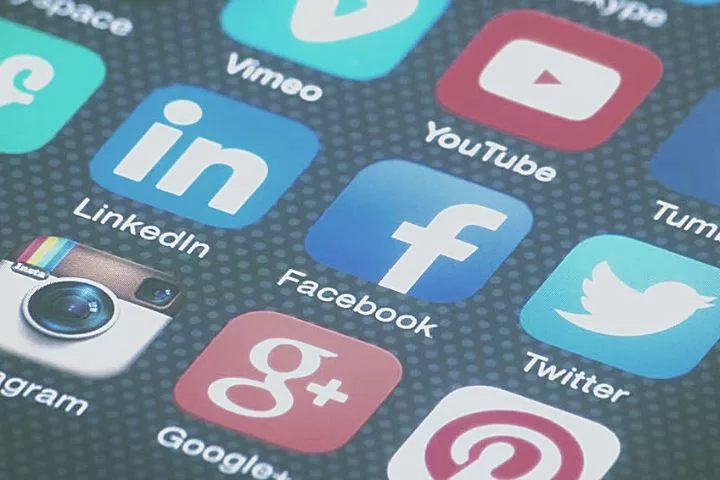Social Networks – How Do They Work And What Are The Risks

Social networks are virtual communities where people exchange information, contact, and cultivate friendships. These include, for example, Facebook, Instagram, YouTube, Pinterest, Twitter, Flickr, Snapchat, LinkedIn and TikTok.
In the following overview, you can learn about primary and essential aspects based on reputable online offers.
How do social networks work?
Users create a personal profile on social networks, which, besides basic personal information, can also contain information about hobbies, family relationships or professional careers.
Your personality is presented via the profile using reports (posts, tweets), consent to other words (“likes”) or posts photos and videos.
Communication with others takes place by sending private messages, pictures and short videos, in chats or by postings on other users’ pinboards. Social networks work through self-expression and the networking of their users.
Private becomes public: Who has access to my data?
In social networks, users can provide personal data such as names, addresses, telephone numbers and other personal information such as hobbies, interests and preferences.
The thoughtless publication of private information on the Internet can lead to personal disadvantages. Depending on the settings, the data can be viewed by strangers.
Employers and recruitment agencies often comb the relevant portals for applicants. What is found there is not always to one’s advantage. Therefore, caution should also be exercised when publishing information about others.
The data from social media is also used for personalized advertising. One must be aware that the company (e.g. Facebook) that maintains the network has access to the data,
Privacy settings for individual networks
The individual social networks differ in terms of their design by the respective provider and the functionalities offered.
That is why there are different instructions and recommendations for users to protect privacy for each network.
Data protection: How do I protect myself in social networks?
Due to a large amount of information on social networks, a lot can be learned about users, and more targeted advertising can be placed.
Most providers want to earn money with advertising via social networks. At first glance, there is usually no need to pay for using social networks, but they are by no means free: users pay with their private data. Facebook, XING, Twitter and Co. thrive on users disclosing as much information as possible.
2 But what are social networks allowed to do with the data? What should users pay attention to? How can they best protect their data from misuse?
Music, videos, images: copyrights in social networks
Documents are often uploaded to social networks and shared with other users. The exchange of images, graphics and videos, in particular, make up the experience of social networks.
But when it comes to third-party works such. For example, to copy and use music, videos, images, texts or computer programs: Not everything technically feasible is allowed! Digital content is subject to even stricter copyright regulations than non-digital works.
As in analog life, there are also rights to images on the Internet. The use of images and photos can be divided into two basic types: the right to the image and the right to the motif.
Protection by the Network Enforcement Act and the Telemedia Act
Illegal and otherwise illegal content is increasingly being published on social networks. This includes, in particular, insults, defamation or threats to users, public incitement to commit crimes, as well as forms of stimulation to hatred and depictions of violence.
Therefore, the Network Enforcement Act introduced comprehensive measures to curb hate crimes and other criminal offences on the Internet.
In particular, the act contains a legal obligation for providers of social networks to report on the handling of illegal content, as well as requirements for maintaining an effective complaints management system with which published content can be checked for legality.
The provider must immediately inform the complainant and the affected users of the result of its examination and also justify it. In addition, the provider is obliged to remove or block illegal content.
In addition, Section 14 (3) of the Telemedia Act (TMG) grants users a right to information about inventory data, as this is necessary to enforce civil law claims due to the violation of personal rights.
What to do about cyberbullying & Co.?
Social networks offer a wide range of opportunities to make contacts, exchange information and much more.
It would be best if you did not underestimate possible dangers in the networks, such as cyberbullying, identity theft, phishing or the spread of malware and know how to protect yourself from them.
